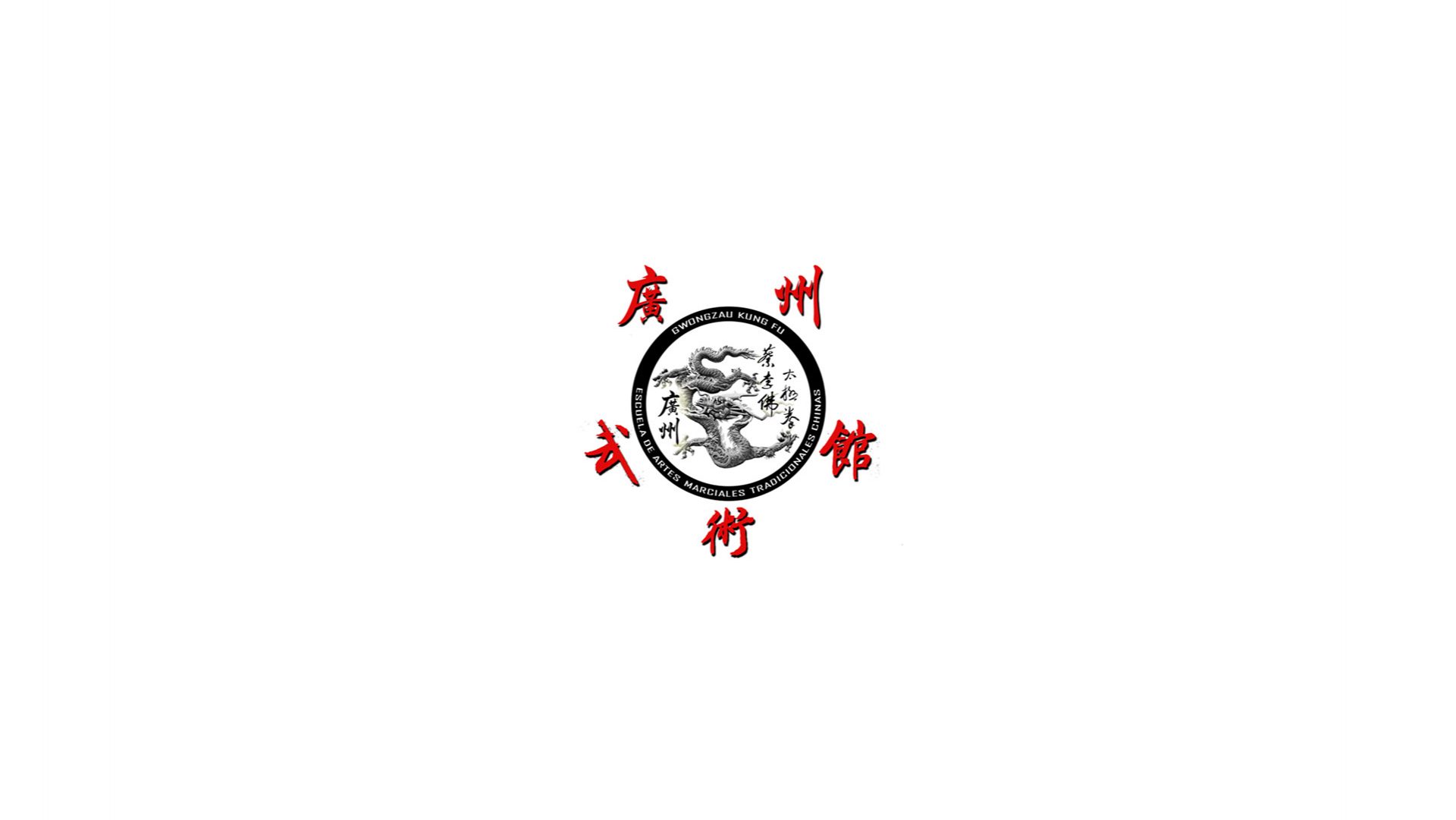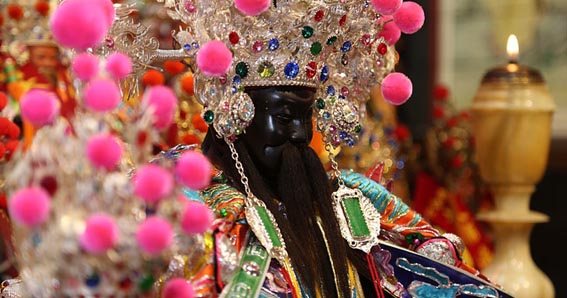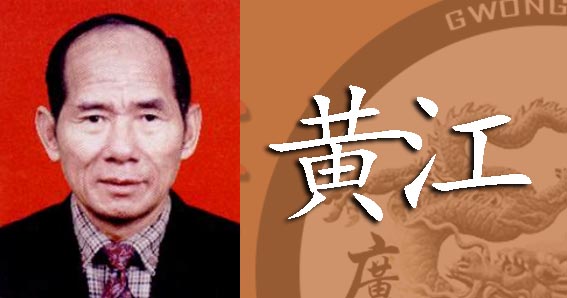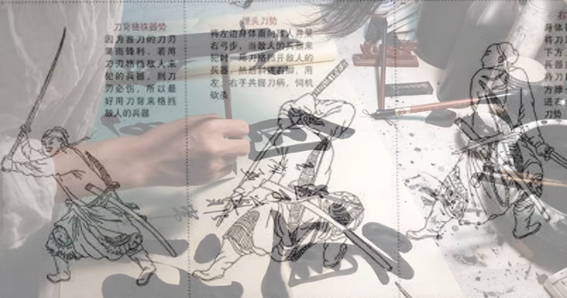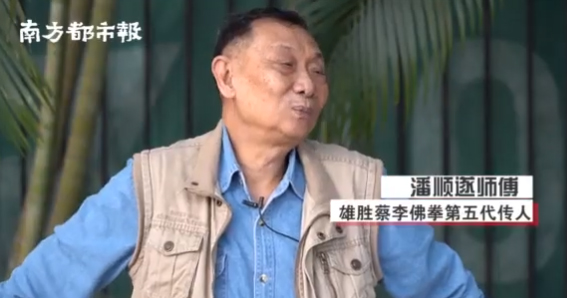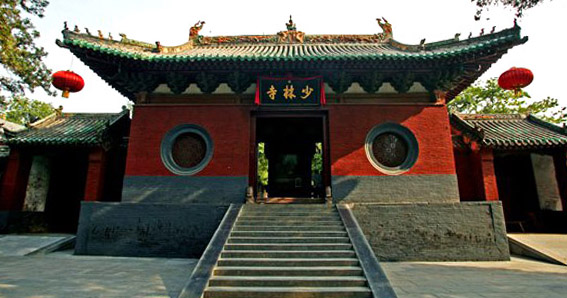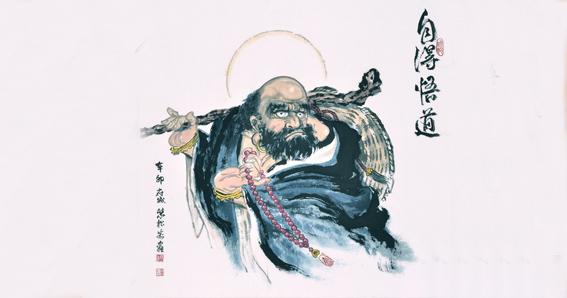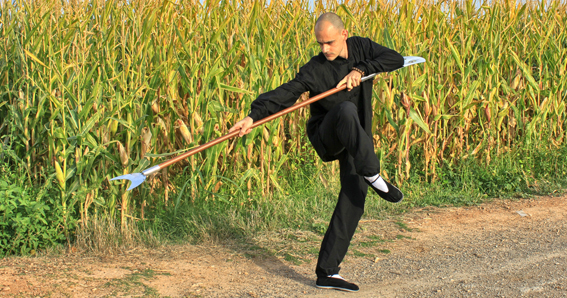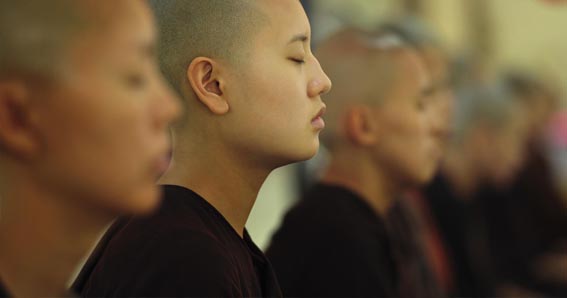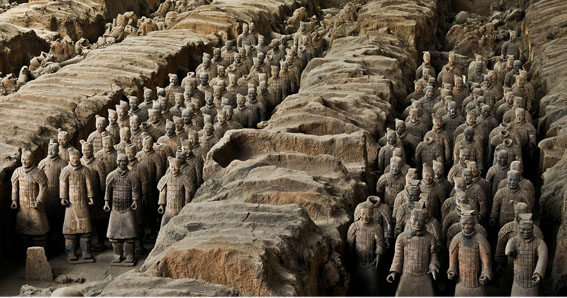The Role of the Master in Chinese Tradition
In Chinese Martial Arts, the figure of the teacher is of vital importance, since anyone who wants to learn a martial art needs a teacher to transmit the teaching. In the West, many times the role of the teacher is misinterpreted; to understand it better, we must first examine the figure of the teacher in the religious tradition of China.
Read more...